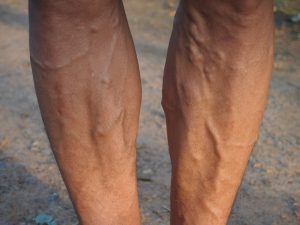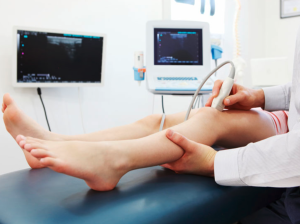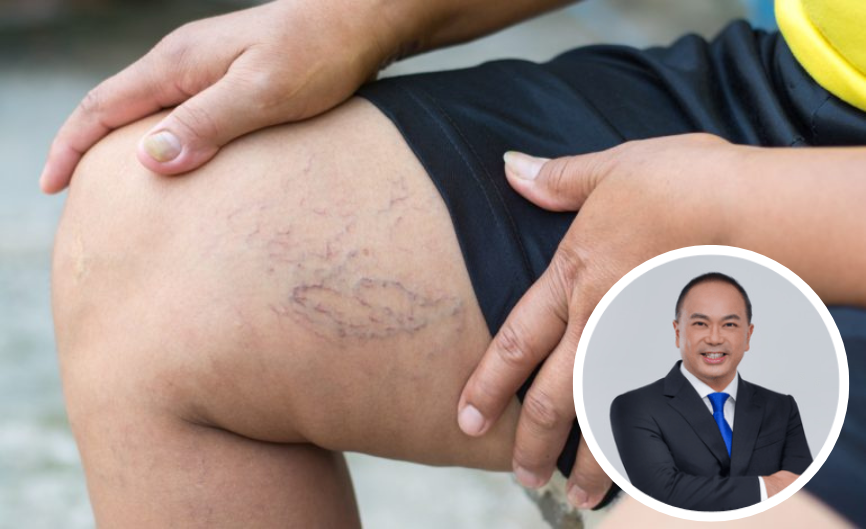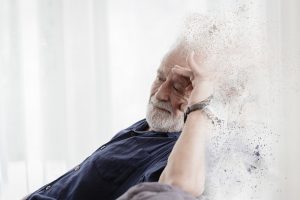Varicose veins and chronic venous insufficiency are common medical conditions of our venous system. Chronic venous insufficiency refers to improper functioning of the deep venous valves in the leg, causing swelling and skin changes. It may occur concurrently with varicose veins – enlarged and twisted superficial veins, commonly seen on the lower leg.
Dr Tang Tjun Yip, an experienced senior vascular and general surgeon in the Vascular and Endovascular Clinic based at Gleneagles Medical Centre in Singapore, offers an in-depth discussion on varicose veins, chronic venous insufficiency, and the journey from diagnosis to treatment as a patient.
Symptoms of Chronic Venous Insufficiency and Varicose Veins
Chronic venous insufficiency (CVI):
- Dull aching, cramping or heavy feeling in the legs
- Leg swelling
- Change in sensation over the affected region: unprovoked tingling or itchiness
- Wound over the affected region without injury typically takes a long time to heal
- This might result in varicose veins, as detailed below
Varicose veins:
- Dilated, enlarged, and twisted veins on the legs, mainly calves
- Dull aching, cramping, or heavy feeling in the legs, sometimes worse at night
- Blue, purple and/or red in colour
Despite similar symptoms, they are actually two different conditions. CVI happens in the deep veins of our legs, but varicose veins are enlarged surface veins. The two conditions may happen concurrently or separately and are not pathologically related.

Varicose veins are often treated as a cosmetic condition instead of a medical condition. This is not the best option as it can cause trouble with walking and significantly affect patients’ quality of life. The symptoms can also be progressive in nature and result in the functioning decline of patients.
Risk factors of CVI and Varicose Veins
CVI and varicose veins can affect anyone at any age. However, females over the age of 30 are more affected. Individuals who stand for long periods of time, such as those who work in restaurants, security guards, architects etc are also more likely to be affected. The prolonged period of standing results in veins working harder to pump blood back to the heart against gravity.
Here is a list of other common risk factors we should be aware of:
The frequency of varicose veins around the world ranges from 10% to 60%, with higher rates in the Asian region compared to the Western world which has rates of up to 30%. Research has reported that in Saudi Arabia, the occurrence of varicose veins can be as high as 61%, and the number of new cases is increasing every year by about 5% for females and 2% for males.
Diagnosing CVI and Varicose Veins
Like most other medical conditions, a thorough history and physical examination are always needed to reach a preliminary diagnosis. In this case, if the doctor is suspecting an abnormal vein, an ultrasound scan on the affected leg should be carried out to visualize the size, and flow of the vein. It helps evaluate the extent of venous damage and how the surface vein communicates with the deep venous system on your leg.

Treatment Options For Varicose Veins
If symptoms are not relieved by conservative measures such as compression stockings, physiotherapy and lifestyle changes, there are surgical options available.
Mechanochemical endovenous ablation (MOCA) is one effective surgical method to treat varicose veins. It involved ablation of the vein using the combined mechanical trauma and sclerotherapy – by injecting a solution directly into the vein which causes the enlarged vein to be closed and blood diverted elsewhere.
In MOCA, a dispenser gun (to inject the vein-closure solution) and a catheter, directly go into the target vein. Once inside the vein, the catheter spins and cleans the inside of the venous wall. In the meantime, the surgeon injects the solutions to further close off the vein. It only leaves a small incision site over the skin, which will heal by itself.
For patients, this procedure is done under light sedation, usually lasts less than 1 hour, and they can get back to their feet in less than 2 hours after the procedure. Patients can go back to work on the same day if they choose to. Usually, there’s minimal pain felt, no stitches needed, and the compression bandages post-surgery can be removed in a few days.
Other techniques commonly used are radiofrequency ablation, laser ablation, and microwave ablation, each with its pros and cons. Another technique recently developed is cyanoacrylate glue, but it takes longer for patients to recover and is less clinically tested compared to other methods.
Preventing Varicose Veins
Whatever you do and however well the procedure was done, there’s always a risk of recurrence. Your body can form new veins in response to the old veins being closed off. Here are some common things you can do to prevent it from coming back:
- Maintain healthy body weight
- Regular exercise
- Diet modification: rich in omega fatty acids (seafood) and flavonoids (berries)
- Avoid prolonged sitting and standing
- Avoid tight clothing
- Put your feet up: if you are feeling heaviness on your legs after prolonged sitting or standing, put up your feet on a chair or stool to help with blood flow.
If you have any concerns or any symptoms mentioned above, do not hesitate to reach out to your doctors. A vascular surgeon can assess your conditions and advise the appropriate next step of investigations and treatment.
This article is supported by an educational grant.











